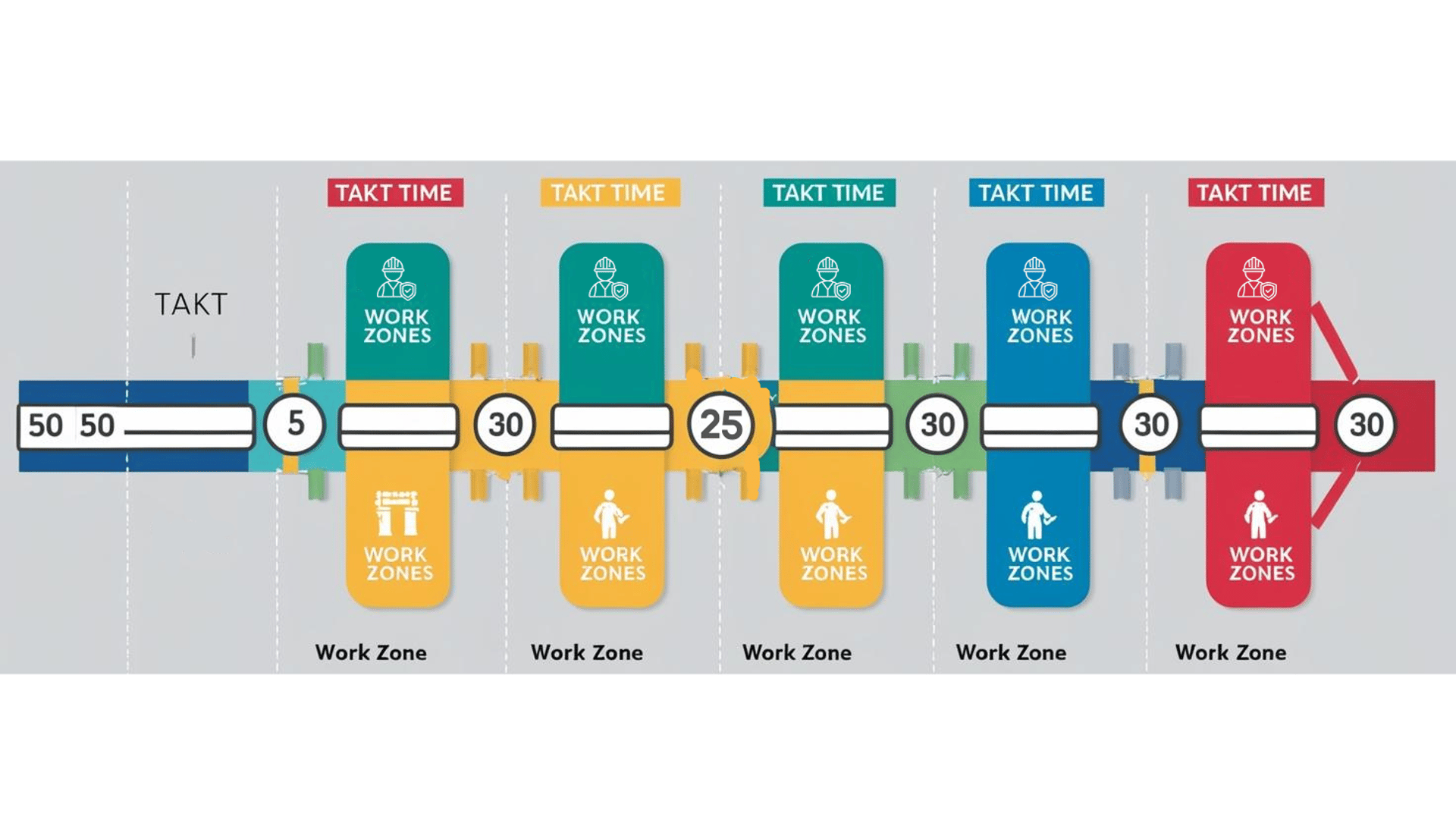
In construction and design projects, effective planning and execution are essential for meeting deadlines and delivering high-quality results. The Last Planner System (LPS) offers a proven approach to improve collaboration, streamline workflows, and ensure that tasks are completed on time. By focusing on detailed, realistic planning, LPS helps teams stay accountable while minimizing waste and inefficiencies. In this blog post, we’ll explore how LPS works and how it can transform your project management approach.
What is the Last Planner System?


Want to Learn more about LPS at these resources
Lean Construction Institute
The Lean Construction Institute’s page on the Last Planner System (LPS) offers a comprehensive overview of this Lean approach to improving project reliability and performance. It explains the core principles of LPS, focusing on collaboration, planning, and commitment to ensure work is completed as scheduled. The resource provides practical insights into how LPS reduces waste and enhances team accountability through consistent feedback and planning cycles.
Lean Construction Blog
The Lean Construction Blog’s articles on the Last Planner System (LPS) provides an in-depth explanation of this Lean methodology for improving project planning and execution. It outlines how LPS promotes collaboration, reduces variability, and ensures work is completed on time by focusing on realistic and achievable commitments. The resource explains key components of the system, such as the weekly work planning process and the importance of continuous feedback.
Six Sigma
6Sigma provides a clear and concise explanation of the Last Planner System (LPS) and its role in Lean project management. It outlines the core principles of LPS, including the importance of collaborative planning, commitment to achievable tasks, and continuous feedback loops. The resource also highlights how LPS helps reduce variability, improve scheduling reliability, and foster better communication among team members. As a practical guide, this article is an excellent resource for understanding how to implement and benefit from LPS in construction and project management environments.
Last Planner System (Image source: Six Sigma)
The Key Components of Last Planner System
LPS is built around a few core practices that collectively drive improved project performance. One of the first steps is creating weekly promises—committing to specific tasks that can be realistically completed within the time frame. This step requires deep collaboration between all team members to ensure that the plan is aligned with their capacity and expectations.
Next comes constraint management, where potential disruptions or roadblocks in the workflow are identified and addressed before they can impact the schedule. This proactive approach ensures that the team can work smoothly and avoid bottlenecks that could derail progress.
Daily huddles are another essential component, breaking down the work week into manageable chunks. These brief, focused meetings allow team members to check in, update their progress, and renew their commitment to the weekly work plan. By staying connected throughout the week, the team is better positioned to handle any emerging challenges.
The Percent Plan Complete (PPC) metric is used to evaluate how many of the planned tasks were completed on time. This helps to measure the effectiveness of the planning process and provides insight into areas that may require improvement.
Finally, using the data collected during the project’s completion, reasons for any variances from the plan are analyzed to identify opportunities for improvement. This continuous learning loop helps teams refine their approach for future projects, ultimately driving better results.
Why Last Planner System Works
LPS works because it encourages a culture of collaboration and accountability. By involving the entire team in the planning process, LPS ensures that the people who will actually do the work are the ones making the promises. This buy-in from all team members increases the likelihood that tasks will be completed as planned. It also fosters a sense of ownership, as everyone has a clear understanding of what needs to be done and why.
Additionally, LPS's focus on continuous feedback—through daily huddles, weekly promises, and performance metrics—helps teams stay on track and adapt to any changes in the project’s scope or timeline. Rather than relying on rigid, top-down control, LPS builds flexibility into the process, making it easier to pivot when necessary.
The Last Planner System (LPS) is a collaborative planning methodology designed to enhance project reliability and team coordination. Unlike traditional planning systems that focus solely on top-down scheduling, LPS empowers teams at all levels to make commitments based on their abilities and available resources. It emphasizes the importance of detailed weekly and daily planning cycles, where team members are encouraged to contribute their expertise to ensure the plan’s success. The goal is to build a plan that is not only achievable but also flexible enough to adapt to unexpected changes in the project.
Benefits of Implementing Last Planner System
When applied correctly, the Last Planner System can lead to significant improvements in project efficiency. Teams that use LPS are more likely to meet their deadlines, reduce waste, and deliver higher-quality results. Because the planning is done collaboratively, everyone involved is more engaged and committed to the project's success.
Furthermore, LPS allows teams to continuously refine their processes. With each completed task, teams gather data and insights that can be used to improve future planning. This focus on continuous improvement ensures that every project is an opportunity to get better and more efficient. the current reality. Adjustments may be needed to account for unforeseen changes, keeping the rhythm intact.
Last Planner System to Enhance Your Project Success
The Last Planner System is more than just a planning tool; it’s a methodology that transforms how teams approach project delivery. By focusing on collaborative planning, proactive problem-solving, and continuous learning, LPS can help your team work more efficiently, reduce delays, and ensure that each project delivers maximum value. If you haven’t tried LPS yet, it’s time to discover how it can elevate your project management practices and improve the flow of your work from start to finish.
Last Planner System Playlist
Phase Pull Plan (4:39)
Six Week Look Ahead (7:19)
Explore this video playlist about Last Planner System®.


